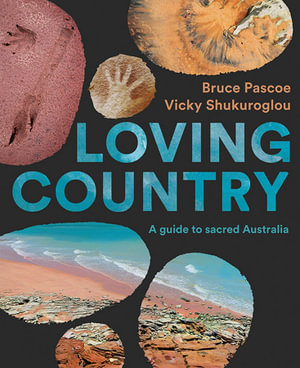



Source: Wikimedia Commons
We can have a connection to a place for a number of reasons. It might be somewhere we live or work or go to school, it might be where our ancestors come from, it might be somewhere that is important to our religion or beliefs, or it could even be somewhere from our favourite book or TV show. Read through the resources below to learn more about connection place and how a connection to place impacts the way we live.
Scroll this presentation to learn more about some of the ways in which humans value landscapes.
For many Indigenous people in Australia, land is much more than soil, rocks or minerals. It’s a living environment that sustains, and is sustained by, people and culture. Before colonisation, the reciprocal relationship between people and the land underpinned all other aspects of life for Indigenous people. Today, this relationship with the land remains fundamental to the identity and way of life of many Indigenous people. Read through this website to learn more.
This article describes how the economic valuing of the Amazon rainforest is causing mass deforestation and leading to the loss of cultural lands and biodiversity. The article includes lots of amazing photos of the deforestation to show just how much of the rainforest has been lost. It is a good example of how economic factors and cultural and environmental factors can be in contrast to connections to place: those clearing land see it as valuable agricultural space and those against clearing see it as an important place for cultural and environmental diversity.
Learn about the world's largest rainforest, the Amazon in South America. In the last fifty years, Brazil’s Amazon has lost nearly a fifth of its forest cover — almost three hundred thousand square miles. This loss is rapidly increasing due to deforestation. This interactive website talks about how the different ways in which people value the same landscape can cause conflict.
This region contains many landform features and is a place of special significance for both Aboriginal and non-Aboriginal peoples alike. Find out about the Earth movements that created these incredible landforms and the creation stories of the area's Aboriginal traditional landowners in this video.
Sacred sites are places within the landscape that have a special meaning or significance under Aboriginal tradition. Hills, rocks, waterholes, trees, plains, lakes, billabongs and other natural features can be sacred sites. In coastal and sea areas, sacred sites may include features which lie both above and below the water. Read this website to get a more detailed definition of what a sacred site is.
Land means different things to non-Indigenous and Aboriginal people. The latter have a spiritual, physical, social and cultural connection. Land management and care are vital for Aboriginal health and provide jobs. Many Aboriginal artworks tell about the connection between people and their land. Read through this website to learn more.
The way that people interact with places is in part due to their connections to the place and their relationship with it. We have seen so far that there are MANY factors that affect the way that people relate to places and form their connections with those places. Some of our place connections are superficial and fleeting, we do not form strong connections with them. For example, passing through a hub airport like Dubai will probably not create a strong connection for many people, the shops are very similar to or the same as those found elsewhere in the world and the time spent there is short. Our homes, where we spend a lot of time and create lots of memories will provide a strong connection and deeper relationships. Read through this website to learn more.
Read through this chapter to learn more about the factors that influence our connections to places.
Different people perceive the same city or neighborhood in different ways. While one person may appreciate ecological and social aspects of a neighborhood, another may experience environmental and racialized injustice. Read through this website to learn more.


 Aboriginal Australia & the Torres Strait Islands : guide to indigenous Australia
by
Aboriginal Australia & the Torres Strait Islands : guide to indigenous Australia
by
 Loving country : a guide to sacred Australia
by
Loving country : a guide to sacred Australia
by